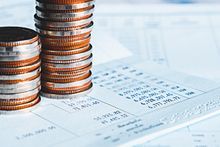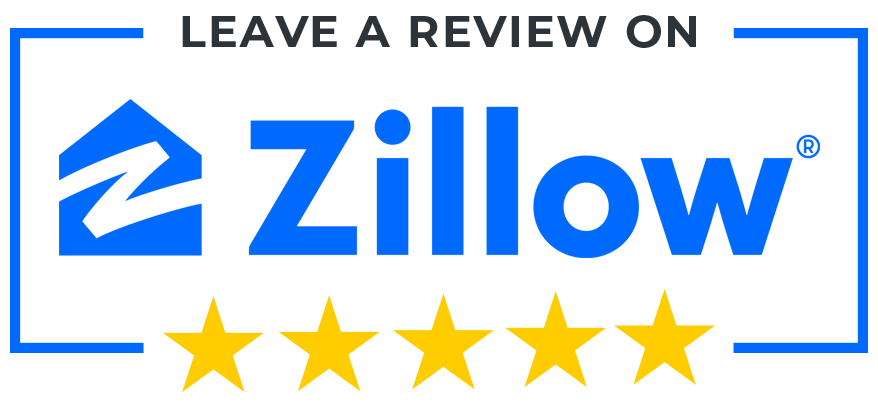Mixed Economic Signals: Housing Market Trends and Outlook for Q3 2025
Recent economic data paints a mixed picture, with strong Q2 2025 GDP growth of 3% exceeding expectations of 2.4%, offset by a weak July jobs report signaling labor market challenges.
Meanwhile, in the housing sector, existing home sales fell 2.7% month-over-month to a seasonally adjusted annual rate of 3.93 million in June 2025, with median prices reaching a record $435,300, per the National Association of REALTORS®. On the bright side, inventories rose 15.9% year-over-year to 1.53 million units, or 4.7 months of supply, up from 1.32 million in June 2024.
Despite a robust Q2 2025 GDP report, the combination of a weak jobs report and rising existing home inventories-signals mixed economic currents, setting the stage for close monitoring of consumer confidence and housing market trends in the coming month.
Over the next month, key factors will shape the housing market and broader economy. The Federal Reserve's September rate decision, now with an 82% chance of a 25bp cut, could ease mortgage rates if inflation cools - monitor August CPI and Fed Chair Powell's speeches. August Nonfarm Payrolls, JOLTS data, and Weekly Initial Jobless Claims will reveal if labor market softness continues, potentially impacting homebuying demand.
Housing data, including August home sales and building permits, alongside mortgage rate trends (10-year Treasury yield at 4.24%), will indicate whether affordability improves.
The next month will be pivotal for housing and the economy. A potential Fed rate cut and sustained consumer spending could provide relief, but a further weakening labor market or renewed tariff pressures may dampen prospects. For housing, affordability remains the core issue—lower rates and increased inventory are needed to revive activity. Stay tuned to these indicators to navigate the evolving landscape.
Takeaway: Rising home inventories and an 82% chance of a Fed rate cut in September signal improving affordability and potential relief for buyers, setting a hopeful tone for the housing market if economic momentum holds.
Source: Mortgage Market Guide





